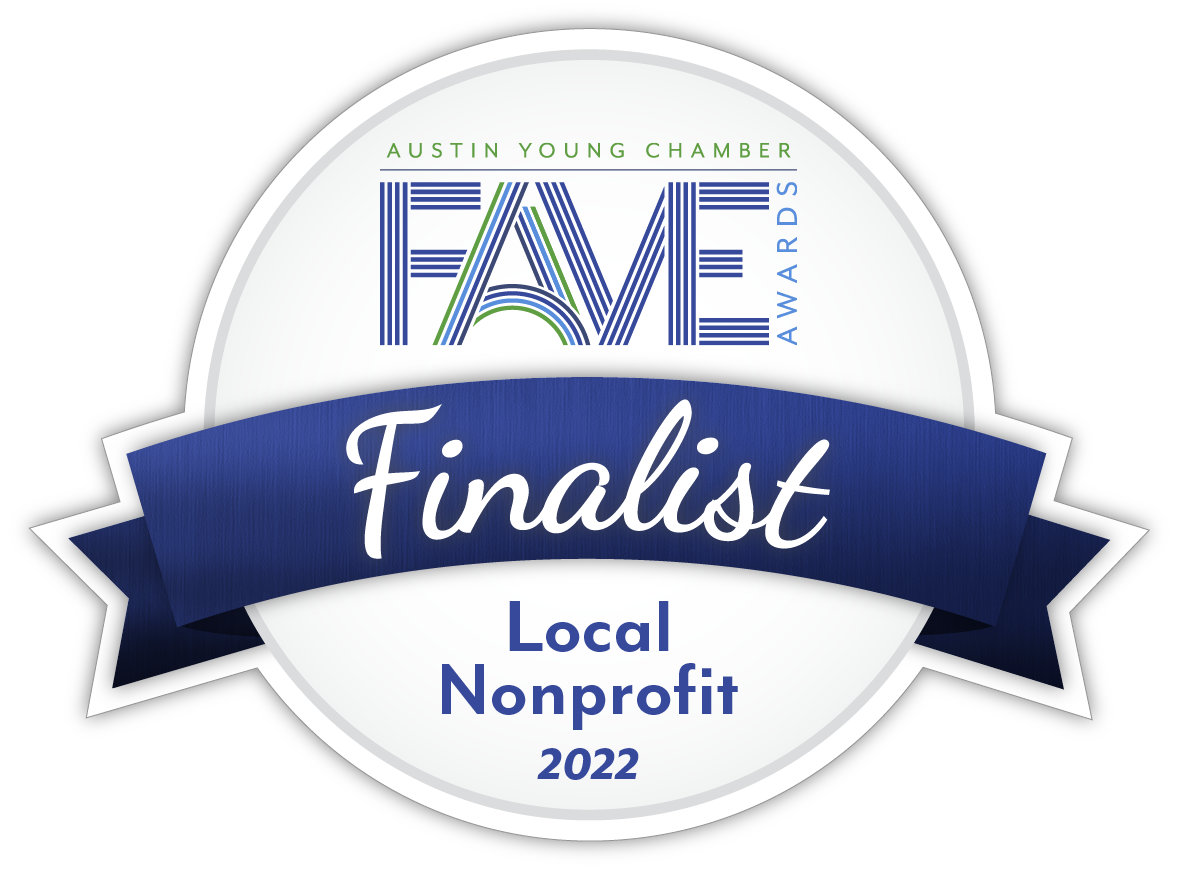This week’s blog post is contributed by Sarah Dooling, Director of Research for TreeFolks.
Summer in Texas is brutal, and is especially hot in cities where buildings and sidewalks emit heat and where there are fewer trees compared to non-urban places. As cities develop and new buildings are constructed, trees are removed and distances between patches of trees increase. Cities become urban heat islands, where temperatures are intensified, especially in the hottest summer months. For children and elderly living in urban neighborhoods, heat stress can become deadly.

Infographic from Alliance Data and Texas Trees Foundation.
Planting trees is one way to reduce temperatures and transform urban heat islands into cooler places. As trees breathe, they release oxygen, which combines with hydrogen to create humid and cooler environments. Planting trees makes cities cooler.
Dallas is one of the fastest-warming urban heat islands in the country, just behind Phoenix. In 2017, Texas Trees Foundations, in collaboration with Georgia Institute of Technology, published a report that demonstrated that downtown Dallas and along Interstate 35 can be about 15 degrees hotter than rural areas. The report found that approximately 33% of Dallas is covered with concrete and buildings, which absorb and release heat slowly, making these urban areas hotter for longer periods of time.
The strategy outlined in the report calls for increasing urban forest canopy cover from 29% to 35% by planting an additional 600,000 trees while also maintaining the 14.7 million existing trees.
However, mitigating the effects of urban heat island requires more than planting trees. Trees must be properly planted and maintained. The development of planting priority areas would benefit from involving the public to ensure city-wide consensus that supports using green infrastructure to create cooler places.
You can get involved in TreeFolks’ efforts to reduce the impact of urban heat island effect through volunteering, contributing to support our work, or joining us at events from tree giveaways to trivia. Whatever you’re into, there’s a way to help, so subscribe to our newsletter and follow us on social media to stay in the loop!

